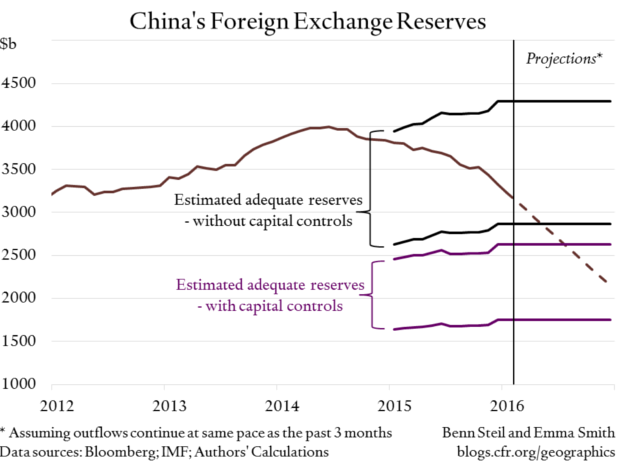This would be hilarious, if it weren’t so serious: Frazzled politicians, during a parliamentary session, lambasting the governor of their central bank over its new negative interest rate policy. But this is what happened in Japan.
Central-bank imposed negative interest rates have caused a lot of financial mayhem. Since they’ve contaminated much of Europe, they’ve dragged most major stock indices into a bear market. In the US, stocks fell hard as well. The Nasdaq sidled up to a bear market before bouncing off and is now down “only” 14% from its peak. The Russel 2000 is in a bear market, down 22.4%.
In Japan, stocks have gotten mauled since the Bank of Japan inflicted the idea of negative deposit rates on the land three weeks ago, after Governor Haruhiko Kuroda had repeatedly assured parliament that he wasn’t even considering the idea. Despite a bounce earlier this week, the Nikkei is down 24% from its recent high.
It doesn’t matter that, under the BOJ’s three-tiered system, no deposits qualify yet for the special treatment. It’s the idea that counts. It’s all a mind-game.
And so on Thursday, Kuroda stood before Parliament to be lambasted from all sides. According to DJ Business News, he “found himself dodging a concerted attack in Parliament from lawmakers who charged the policy was victimizing consumers and sending a message of despair.”
Opposition lawmaker Shinkun Haku needled Kuroda: “Can you deny that banks will put an additional burden on average depositors” by charging fees or interest on deposits? “If you can’t deny it, don’t. It’s a yes or no.”
Kuroda dodged the jab the best he could, refusing to speculate on fees but said that “there’s no chance that deposit interest rates will turn negative.”
…click on the above link to read the rest of the article…



 Haruhiko Kuroda will stimulate us back to Nirvana! Hurrah! Photo credit: Yuya Shino / Reuters
Haruhiko Kuroda will stimulate us back to Nirvana! Hurrah! Photo credit: Yuya Shino / Reuters


 Kuroda demonstrating the loony-tunes 2% fetish of modern central bankers to journalists
Kuroda demonstrating the loony-tunes 2% fetish of modern central bankers to journalists

